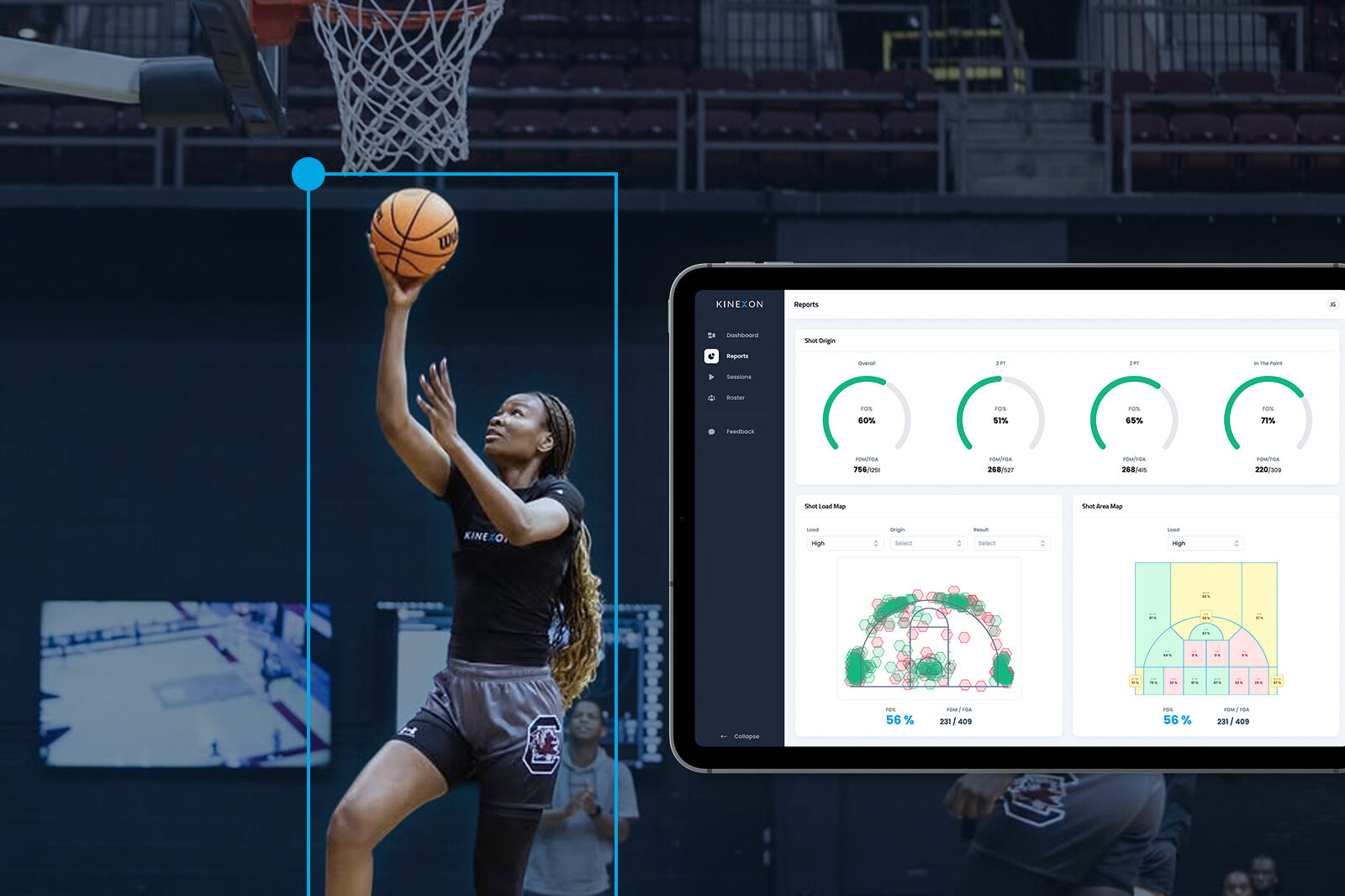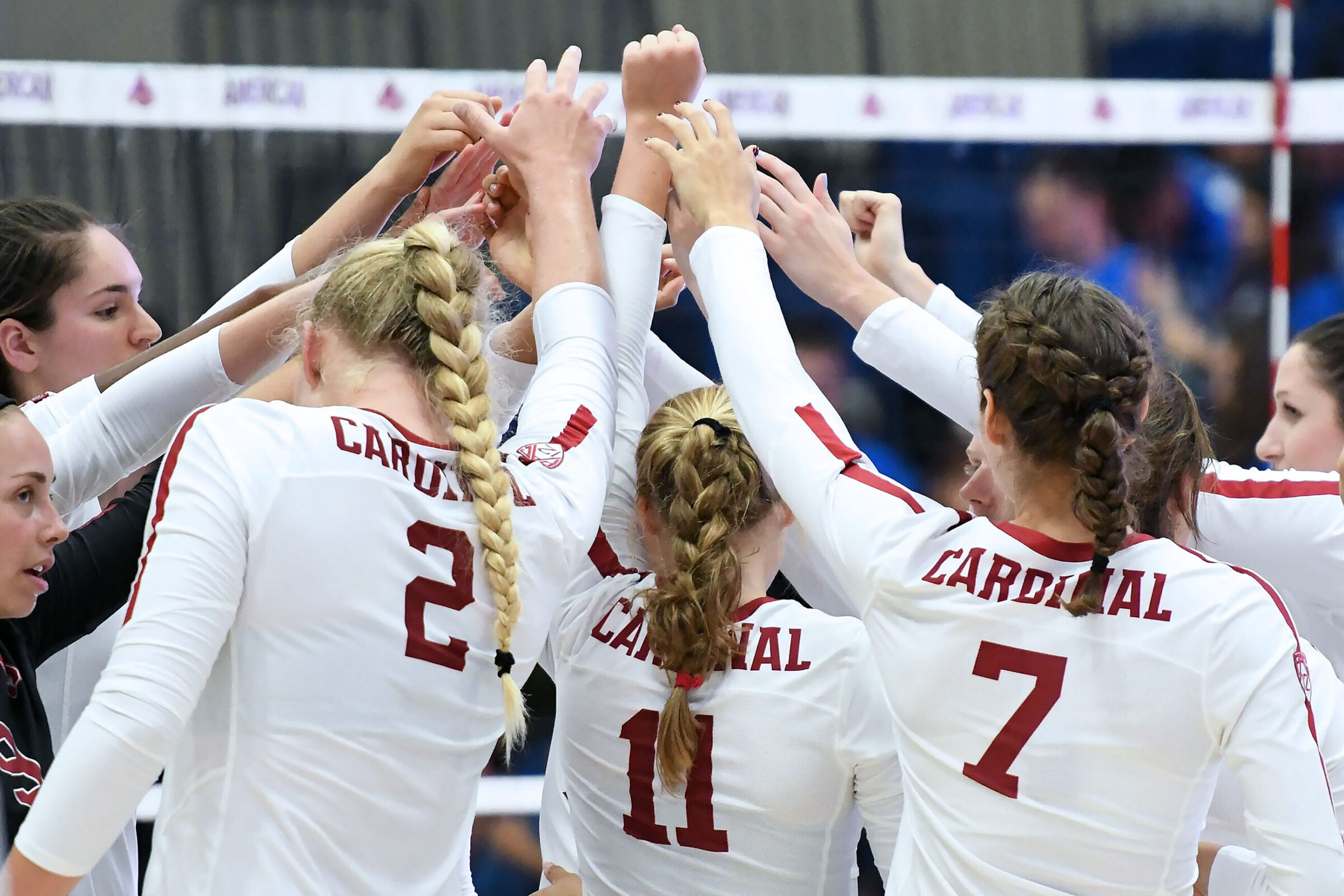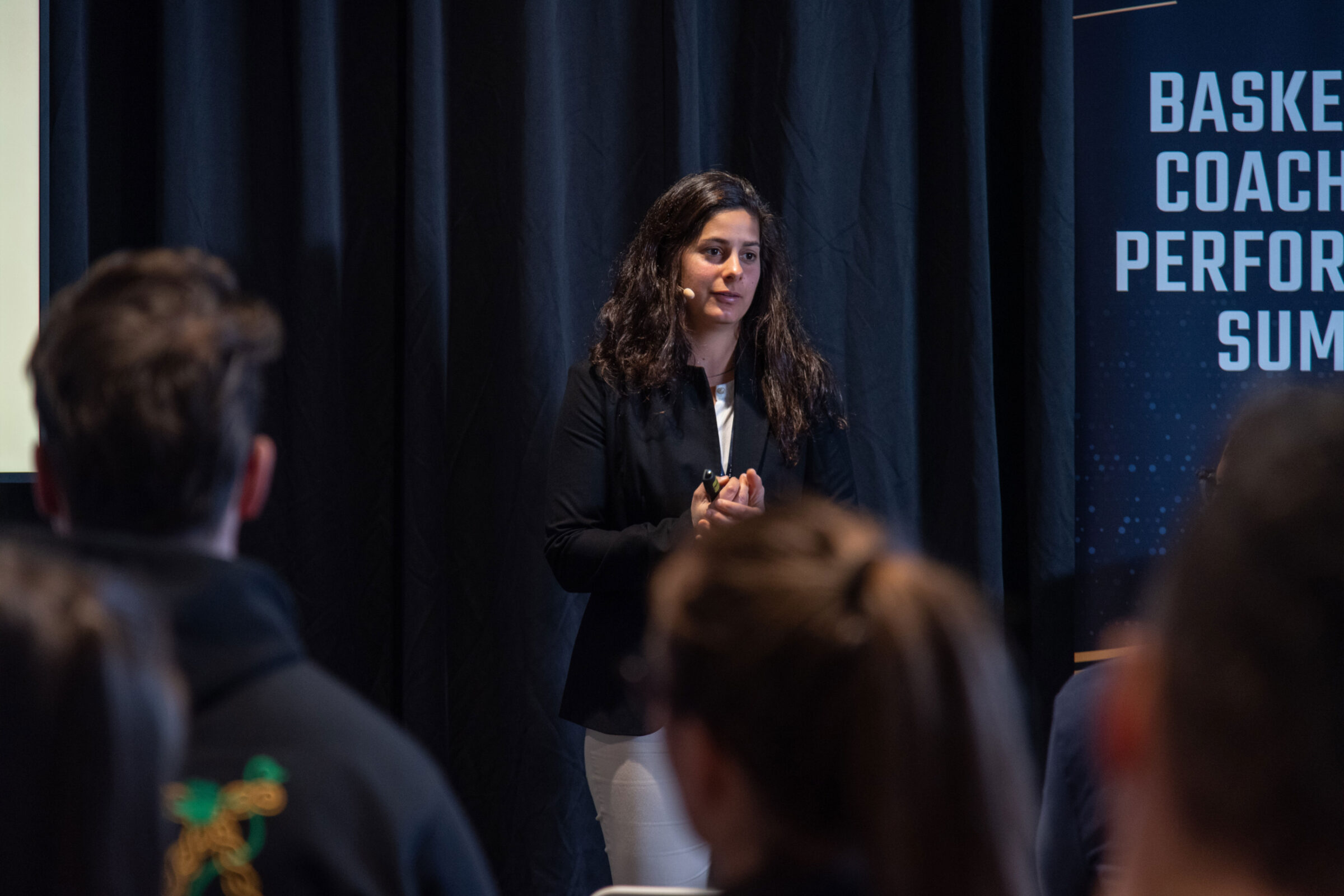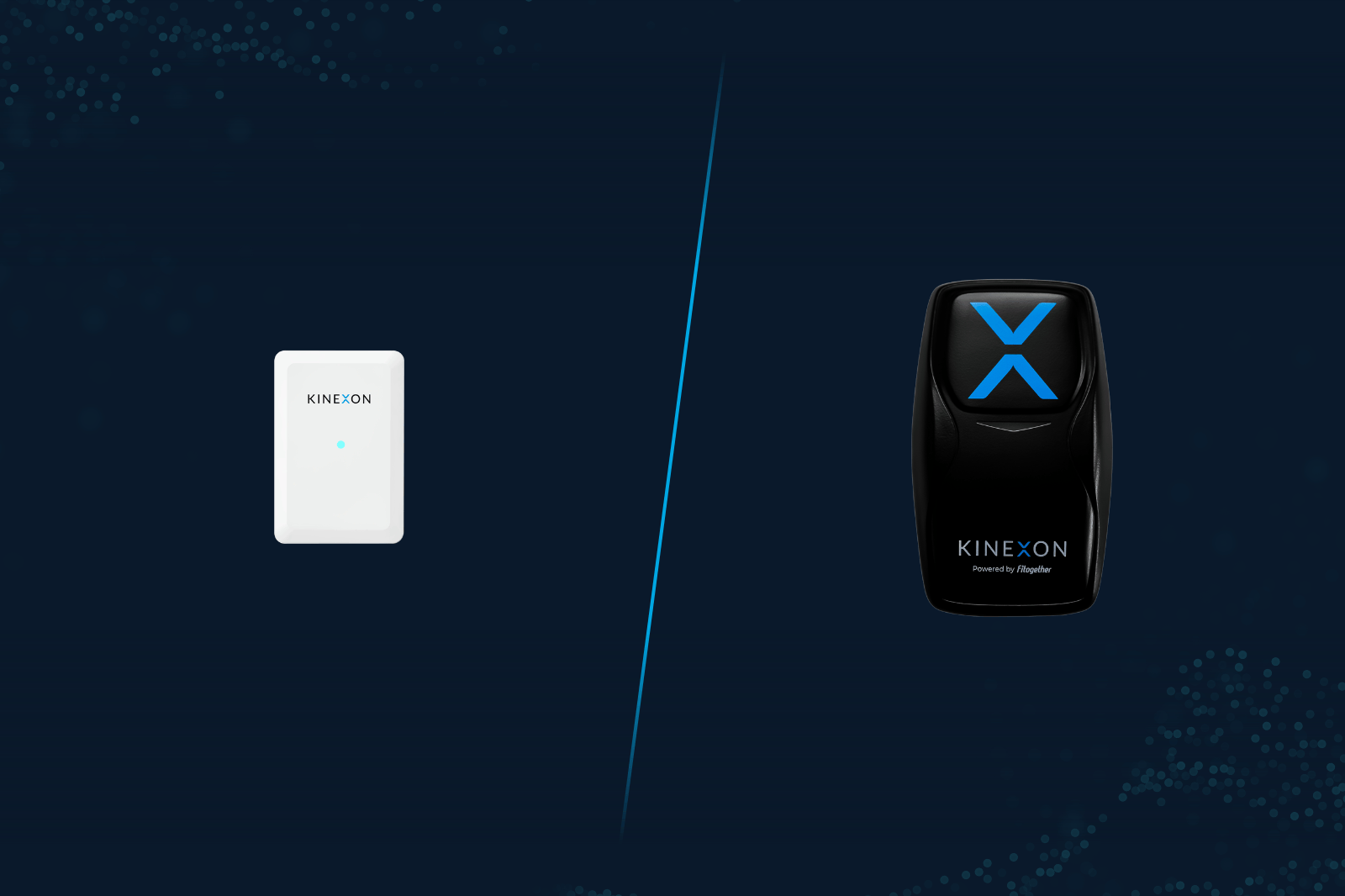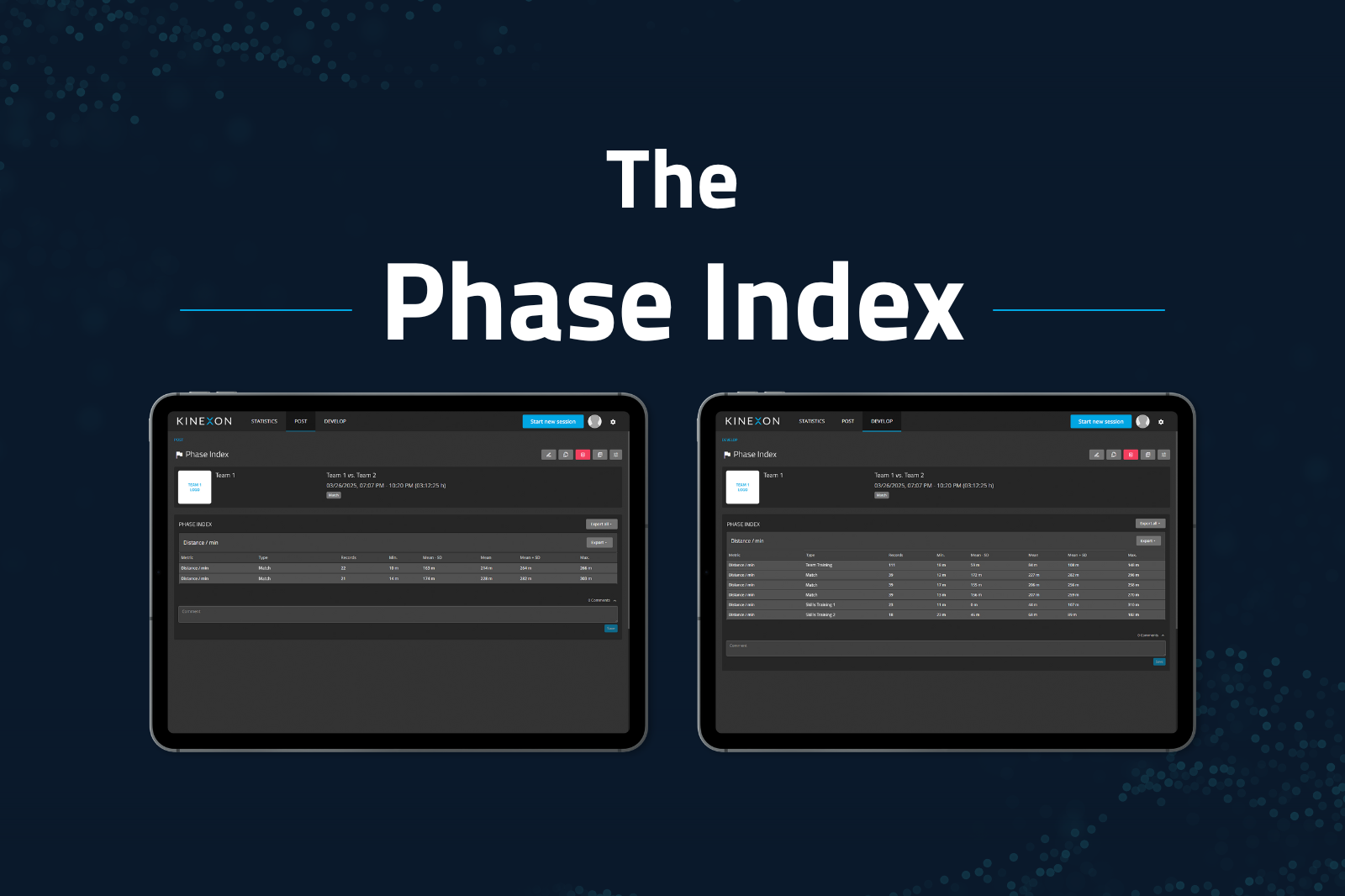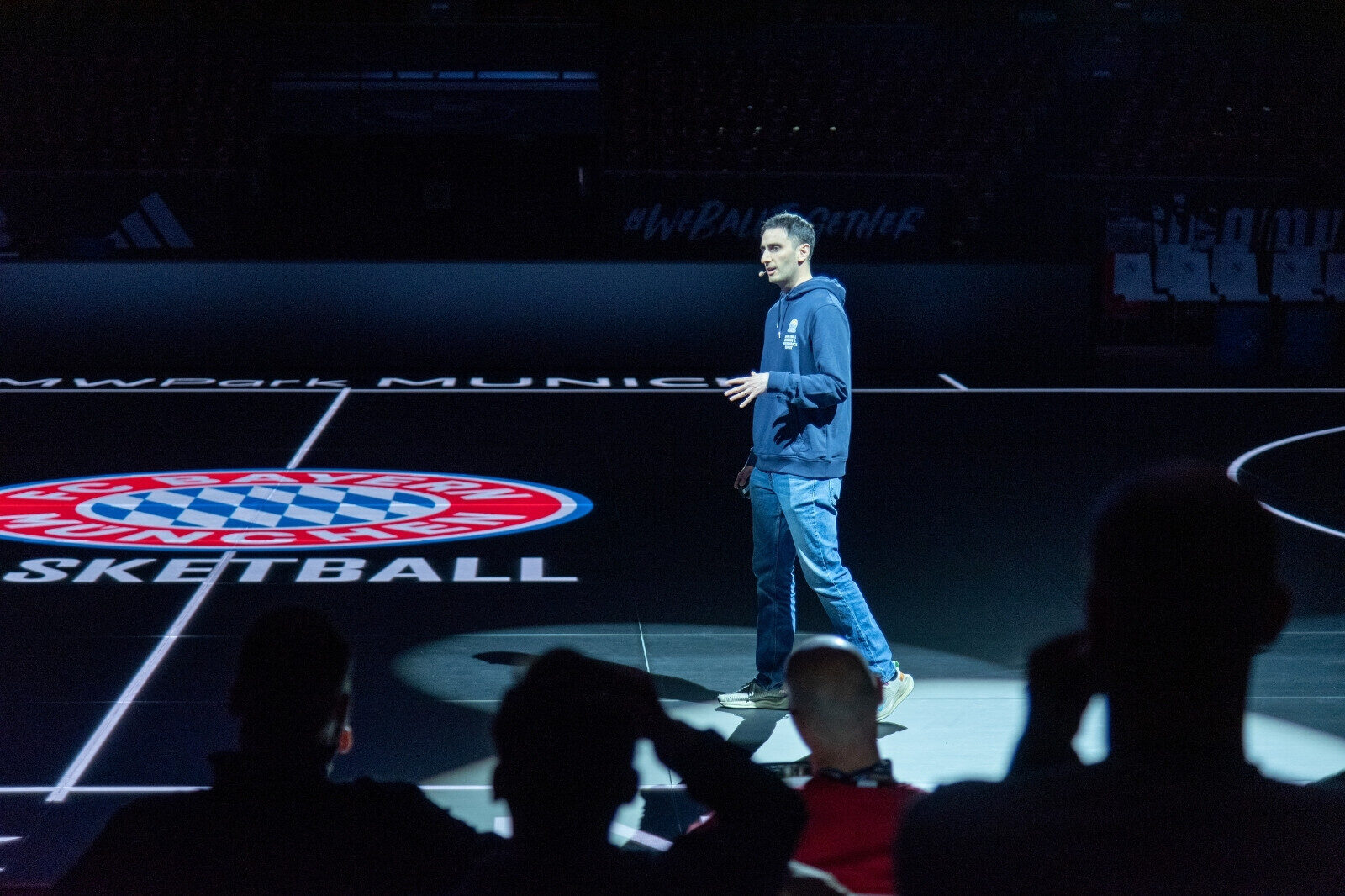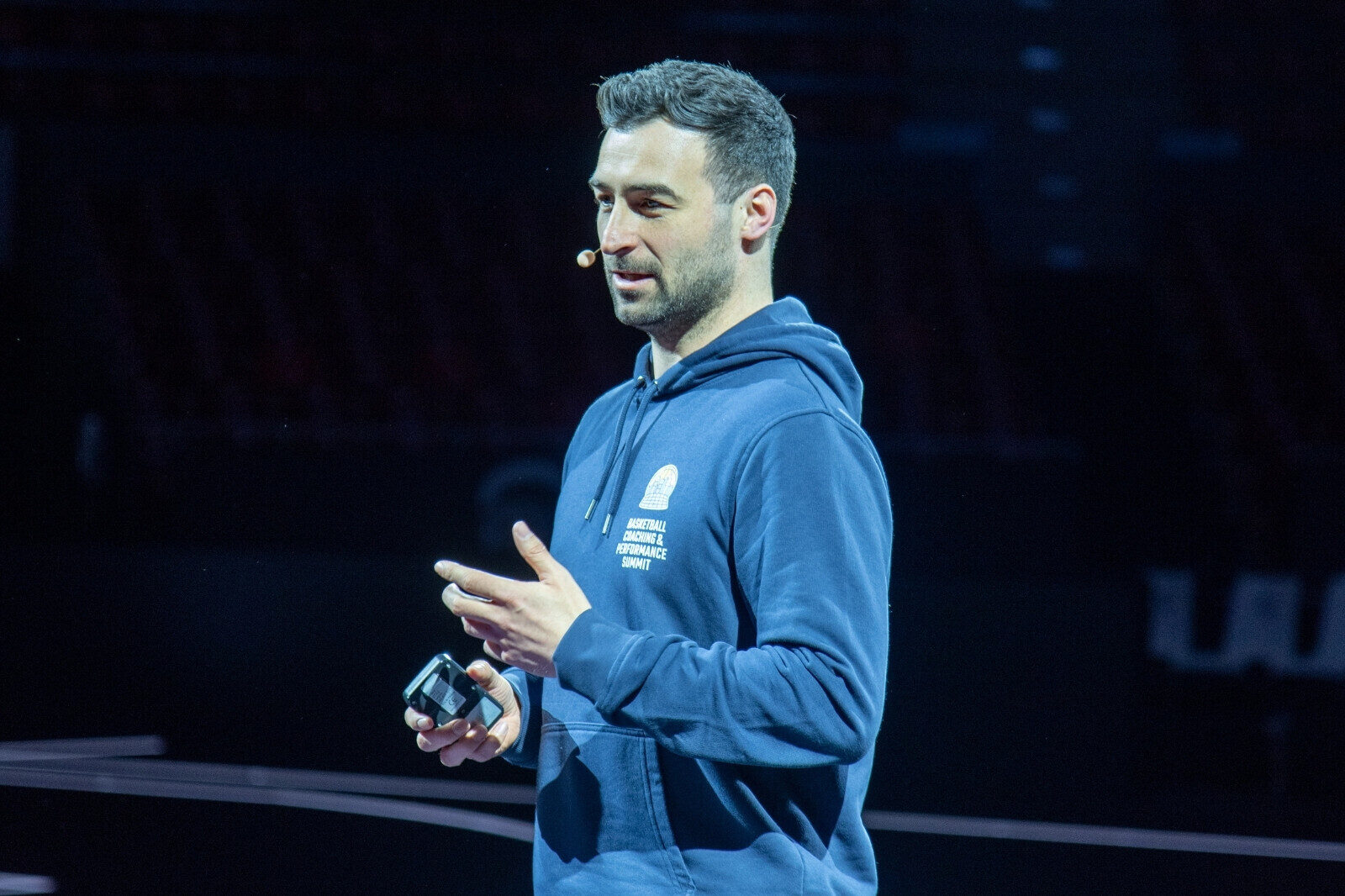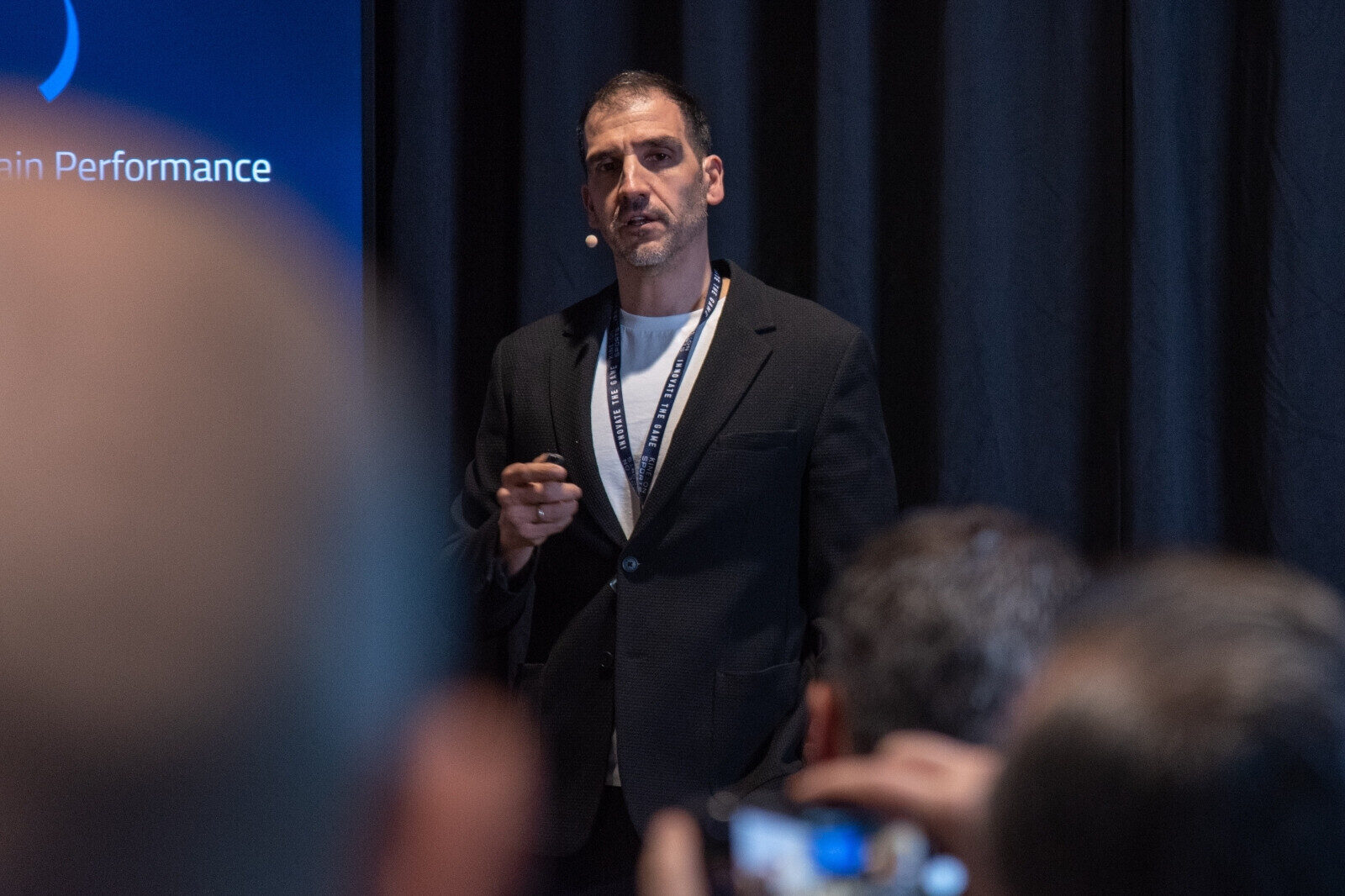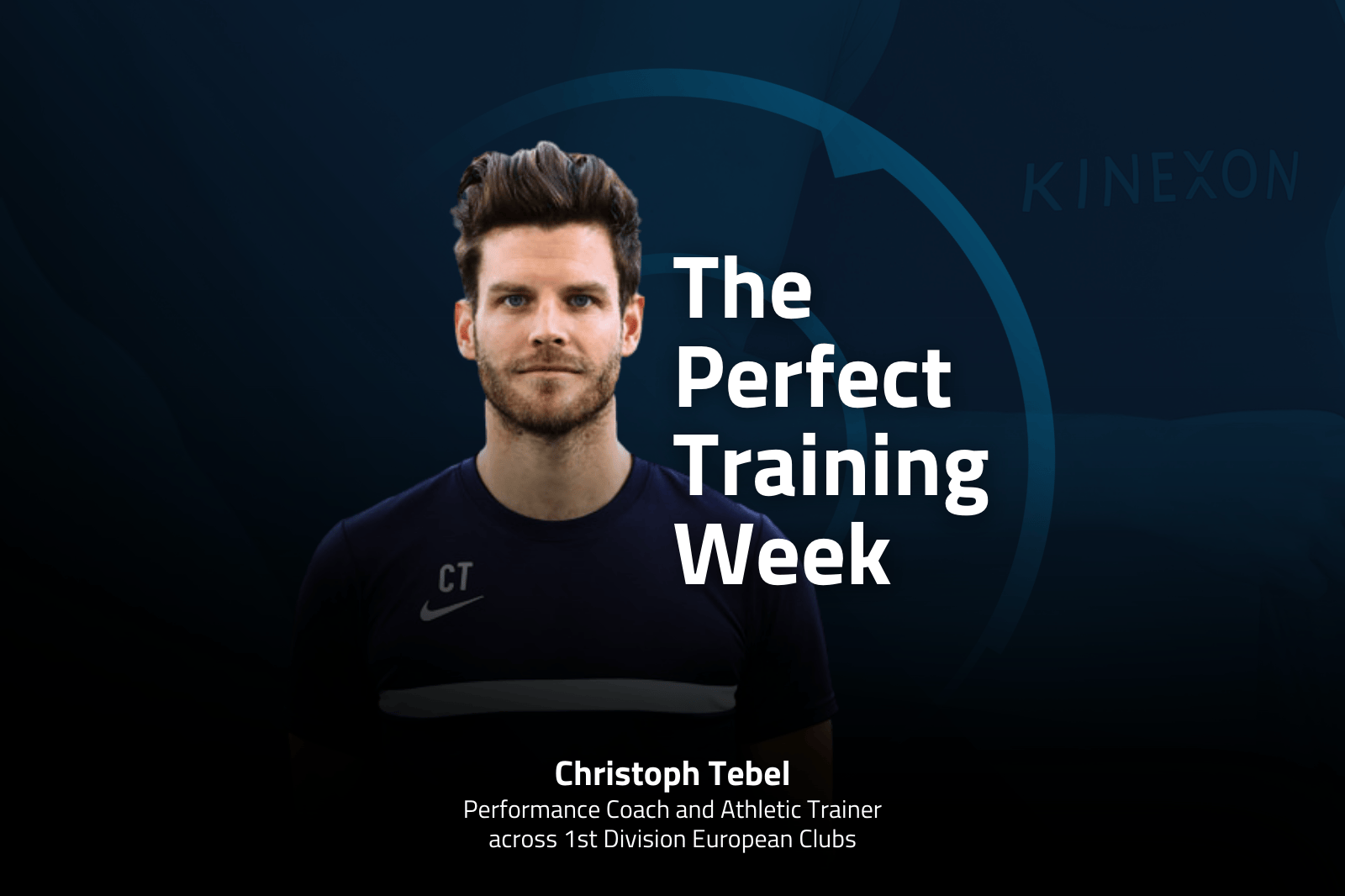Behind the Sports Tech: Why KINEXON’s Player Tracking Wearables Stand Out
KINEXON is known for its use in sports analytics by leveraging wearable sensors to collect data from athletes in real-time. Let’s break down the technology behind the sensors.
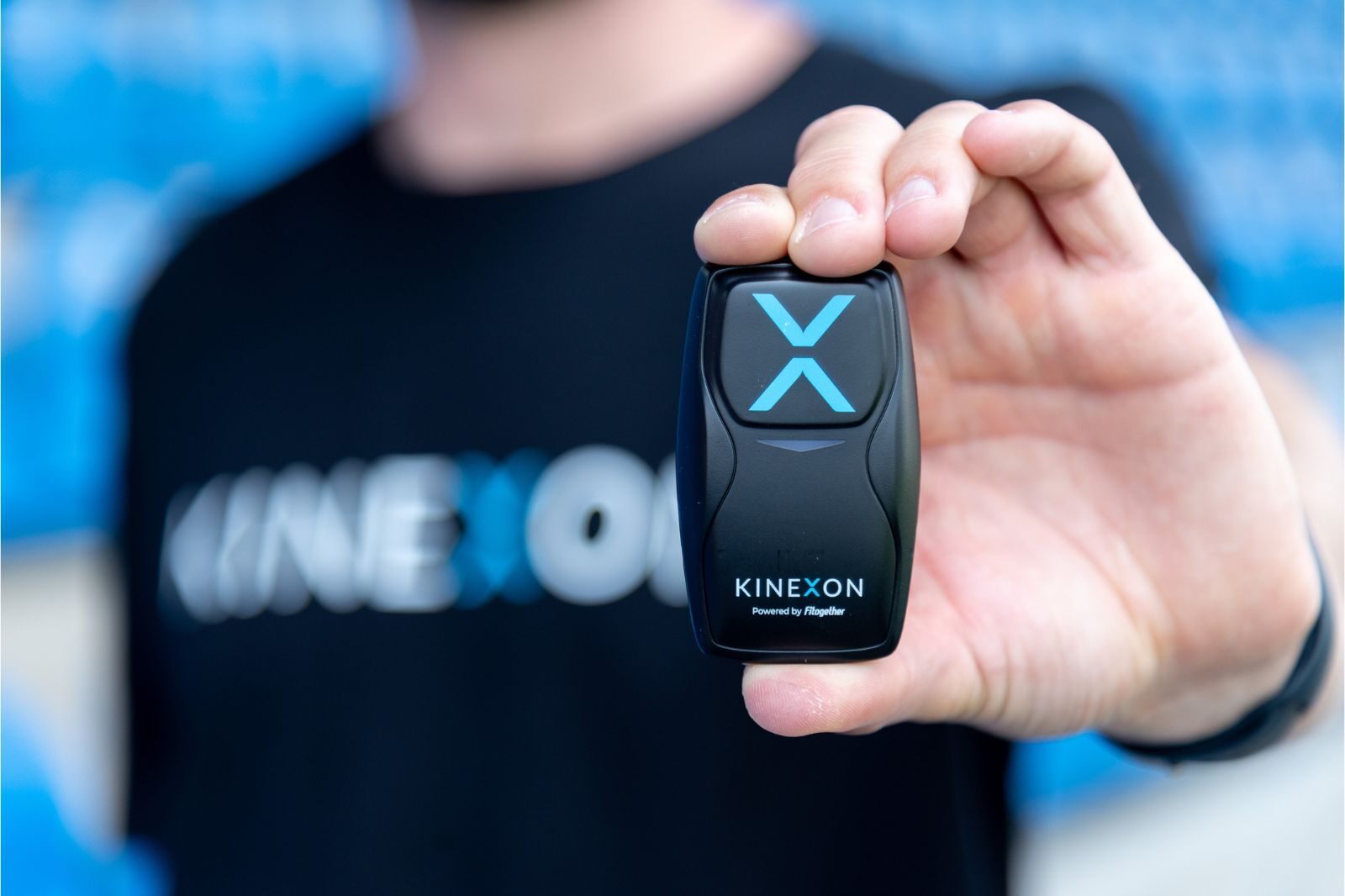
We specialize in tracking and analyzing players and balls. For outdoor sports, GPS trackers are an excellent tool for measuring your top athletes against the rest of the players, while LPS and IMU can provide metrics not only for outdoor but also for indoor sports. Here’s how.
GPS/GNSS: The Use of Satellite Signals
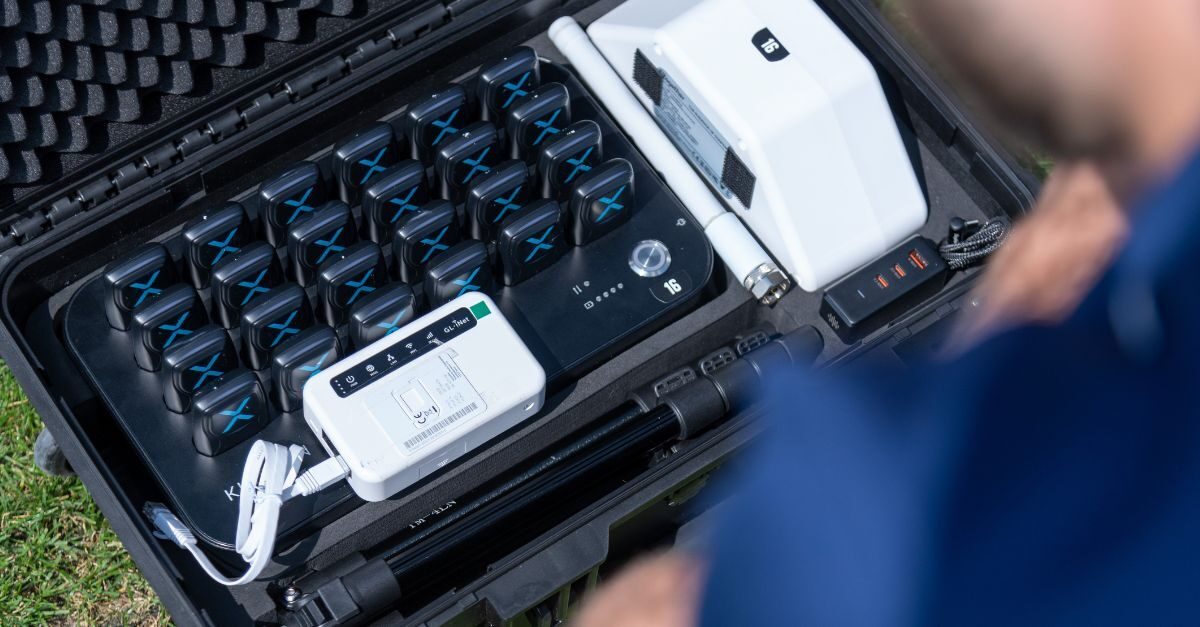
The term GPS is traditionally referring to the North American global positioning system, or satellite positioning system. GPS is used for outdoor sports, where players have a larger area of movement and where there’s access to satellite signals. But KINEXON relies on GNSS for better accuracy. GNSS is a term that refers to the International Multi-Constellation Satellite System, including:
- GPS
- GLONASS
- Baidu
- Galileo
- Any other constellation system
The sensor communicates with multiple satellites to determine the player’s exact location on the field. It helps in understanding player movements, covering distances, speed, and other spatial parameters on the field. KINEXON PERFORM GPS Pro is our new and improved system for tracking players’ movements in outdoor team sports using GPS.
IMU: The Body's Motion Detector
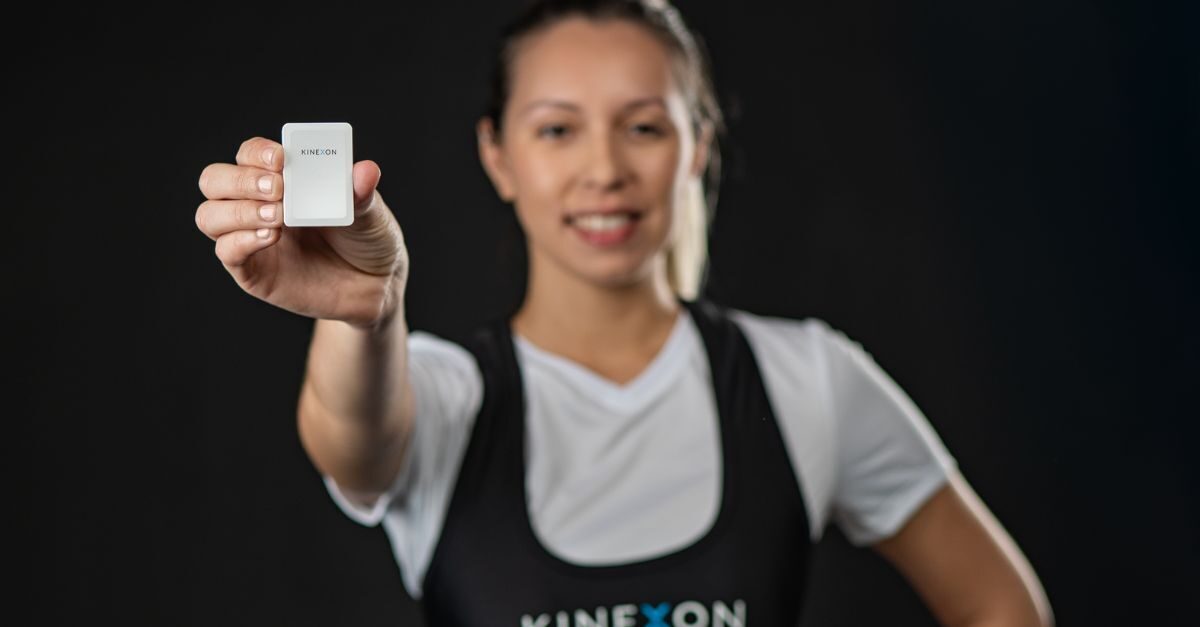
IMU stands for Inertial Measurement Unit. Think of it as a miniature gadget that can sense and record any movement or change in position. It’s kind of like those motion sensors in video game controllers or in your smartphone that can detect when you tilt or move them.
Inside an IMU, there are tiny elements that can detect forces (like accelerometers) and rotation (like gyroscopes). When a player wears a device with an IMU, every sprint, jump, twist, and turn is recorded. This information provides rich insights into a player’s physical performance, agility, stress and load.
KINEXON PERFORM IMU provides the data and insights you’re looking for in both men’s and women’s sports. Download our brochure to learn more.
LPS: The Positioning Pro

LPS, or Local Positioning System, is another significant part of KINEXON’s arsenal. If IMU tells you how the player is moving, LPS tells you where they’re moving.
LPS works in a confined environment. It uses a network of sensors placed around the stadium or court to pinpoint the exact location of a player.
When combined, IMU and LPS sensors can provide a 360-degree view of a player’s movement. You can know how fast a player sprinted, how high they jumped, where they were on the field when they made that incredible pass, and so much more.
KINEXON Sensors: Lightweight and Unobtrusive
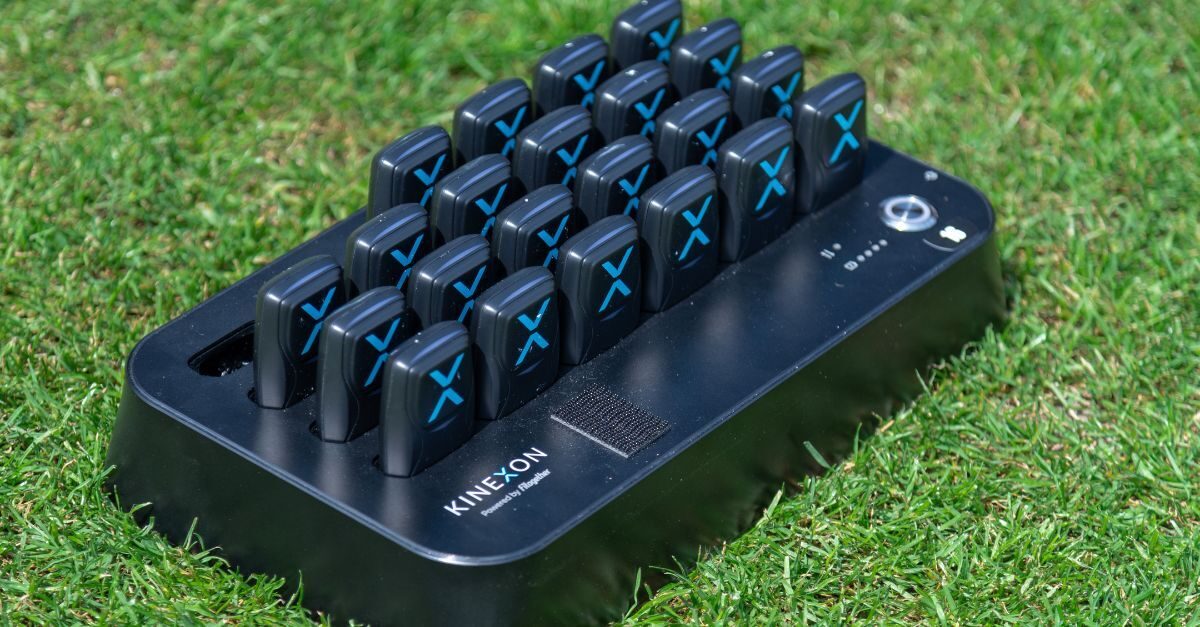
One of the reasons KINEXON’s tracking system is so effective is because of its design. The sensors are lightweight, ensuring they don’t hamper player movement or comfort. They’re cleverly integrated into jerseys, shorts, or other sportswear, making them practically invisible.
Sensors Offer Detailed Insights Into Players
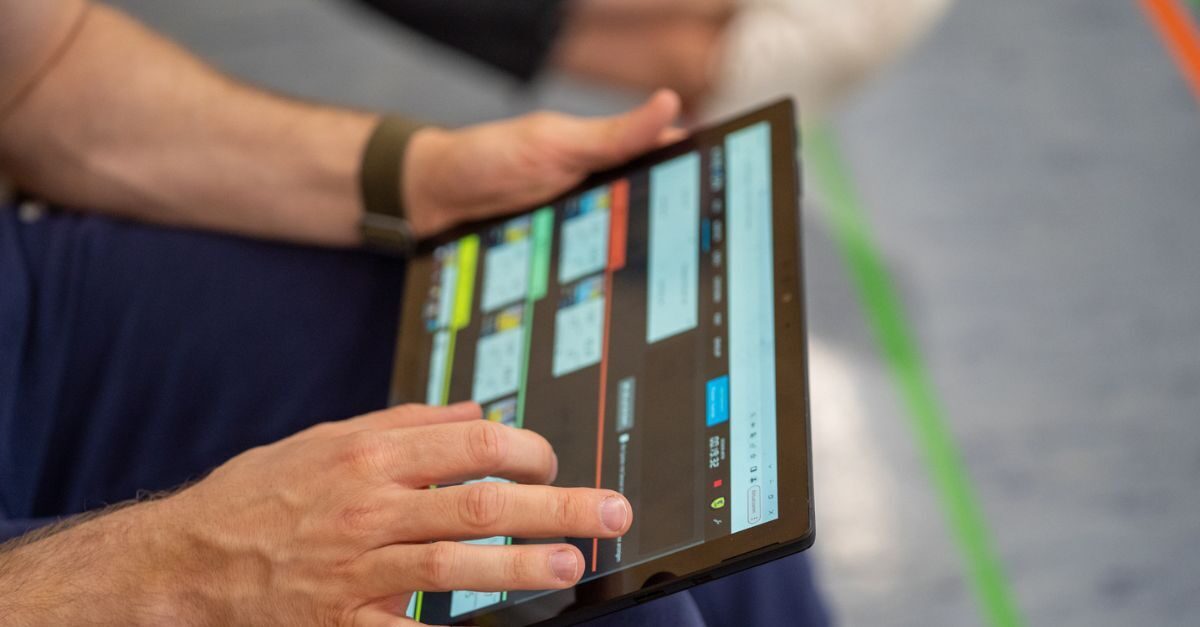
At the surface, it might seem like all this tech is just for the sake of information. But it’s more than just cool data for coaches to dissect during half-time, or after a game or practice. Here’s why it’s crucial:
- Training and Performance: Coaches can use this data to design better training programs tailored to individual players.
- Injury Prevention: By analyzing data from the sensors, teams can identify if a player is overexerting themselves or if their movement patterns could lead to potential injuries.
- Fan Engagement: For fans, this technology offers a deeper understanding of the game.
KINEXON Provides Player Tracking for All Sports

KINEXON’s combination of GPS, IMU, and LPS sensors are revolutionizing the way we understand and engage with sports. As technology continues to evolve, and as the data becomes more integrated into strategies, training, and fan engagement, the future of sports promises to be even more exciting, informed, and interactive.
If you’d like to learn more about KINEXON player tracking solutions for players, coaches, and fan engagement, contact us at any time.

